NASA’s new X-Ray Observatory will unlock the universe’s most explosive secrets.
The IXPE mission could change our understanding of black holes, nebulae, and supernovas.
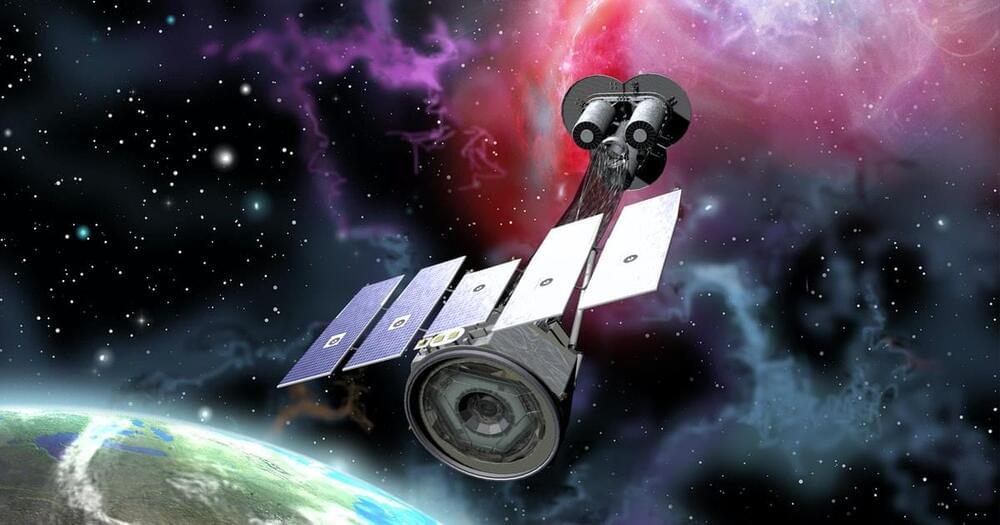
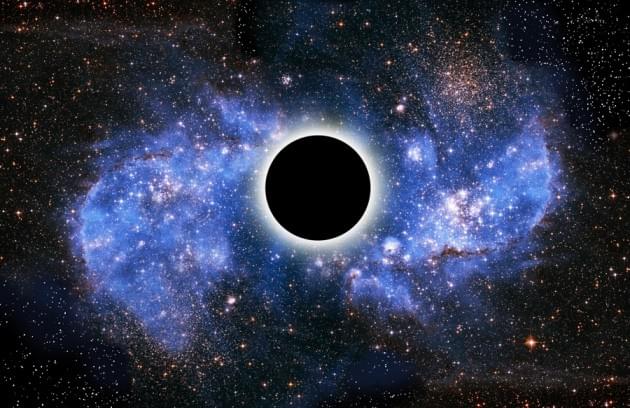
Circa 2014
Scientists have come closer than ever before to creating a laboratory-scale imitation of a black hole that emits Hawking radiation, the particles predicted to escape black holes due to quantum mechanical effects.
The black hole analogue, reported in Nature Physics1, was created by trapping sound waves using an ultra cold fluid. Such objects could one day help resolve the so-called black hole ‘information paradox’ — the question of whether information that falls into a black hole disappears forever.
The physicist Stephen Hawking stunned cosmologists 40 years ago when he announced that black holes are not totally black, calculating that a tiny amount of radiation would be able to escape the pull of a black hole2. This raised the tantalising question of whether information might escape too, encoded within the radiation.
😮 circa 2021.
The fundamental forces of physics govern the matter comprising the Universe, yet exactly how these forces work together is still not fully understood. The existence of Hawking radiation — the particle emission from near black holes — indicates that general relativity and quantum mechanics must cooperate. But directly observing Hawking radiation from a black hole is nearly impossible due to the background noise of the Universe, so how can researchers study it to better understand how the forces interact and how they integrate into a “Theory of Everything”?
According to Haruna Katayama, a doctoral student in Hiroshima University’s Graduate School of Advanced Science and Engineering, since researchers cannot go to the Hawking radiation, Hawking radiation must be brought to the researchers. She has proposed a quantum circuit that acts as a black hole laser, providing a lab-bench black hole equivalent with advantages over previously proposed versions. The proposal was published on Sept. 27 Scientific Reports.
“In this study, we devised a quantum-circuit laser theory using an analogue black hole and a white hole as a resonator,” Katayama said.

Today’s Google Doodle honors the late physicist Stephen Hawking on his 80th birthday. Hawking was a renowned cosmologist, and he spent his career theorizing about the origins of the universe, the underlying structure of reality, and the nature of black holes. But he became a household name for the way he communicated those ideas to the public through books and TV appearances.
“My goal is simple,” he once said. “It is a complete understanding of the universe, why it is as it is and why it exists at all.”
One of Hawking’s best-known ideas is that black holes slowly regurgitate information about all the matter they’ve swallowed — but it comes out in a jumbled form called Hawking radiation. In 1974, Hawking proposed that the event horizon of a black hole emits energy. Because energy can be converted into mass, and vice versa (that’s what Albert Einstein’s famous equation E=MC2 tells us), emitting all that energy into space will shrink the black hole. Eventually, it will run out of mass and disappear.
Full Story:
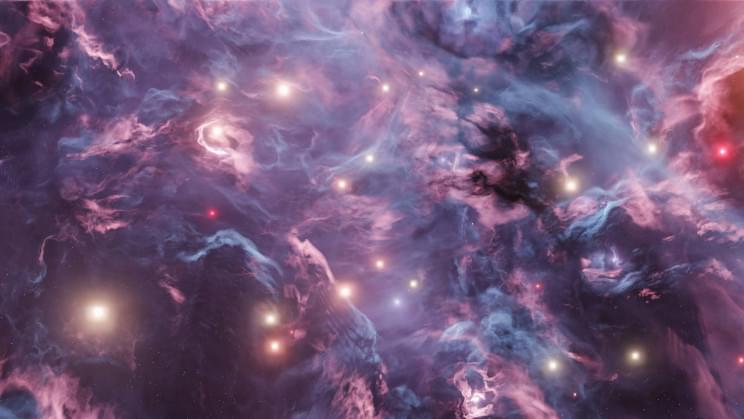
Could this find contradict years of dark matter theories?
Dark energy and dark matter are believed to make up almost 95% of our universe. We are still unsure about what they are or where they come from but we believe they hold galaxies together with their gravity.
That’s why we were shocked to find out astronomers spotted a perplexing galaxy without the ever-elusive matter, according to Gizmodo. It all began three years ago when Filippo Fraternali, an astronomer at Kapteyn Astronomical Institute of the University of Groningen in the Netherlands, and his colleagues first came across a few diffuse galaxies that looked as though they lacked dark matter.
The researchers decided to examine one of them in detail. They picked one about 250,000 light-years away, called it AGC 114,905, and used the 27 radio telescope antennas of the Very Large Array in New Mexico to study it.
After a detailed investigation, they came to the following conclusion. “The dark matter content that we infer in this galaxy is much, much smaller than what you would expect,” said Fraternali. The find is perplexing, to say the least. But it’s not the first of its kind.
Full Story:

The first humans emerged on Earth about 4 million years ago, but new evidence from the study of human evolution has revealed compelling evidence that a small group of these hominins was genetically modified by ancient alien visitors to create the first Homo sapiens.
Researcher and author Daniella Fenton has thoroughly analyzed humanity’s earliest origins and its sudden acceleration in brain development nearly 800,000 years ago, and this research has led to a major revelation.
“Homo sapiens is the creation of ancient astronauts who came through a wormhole in the Pleiades star cluster more than 780,000 years ago.”
The Australian researcher, an expert in equine lineages and gene expression, discovered numerous genetic changes that mark humans as abnormal when compared to modern primate species, some so extreme that they are best explained by advanced genetic engineering.
Full Story:
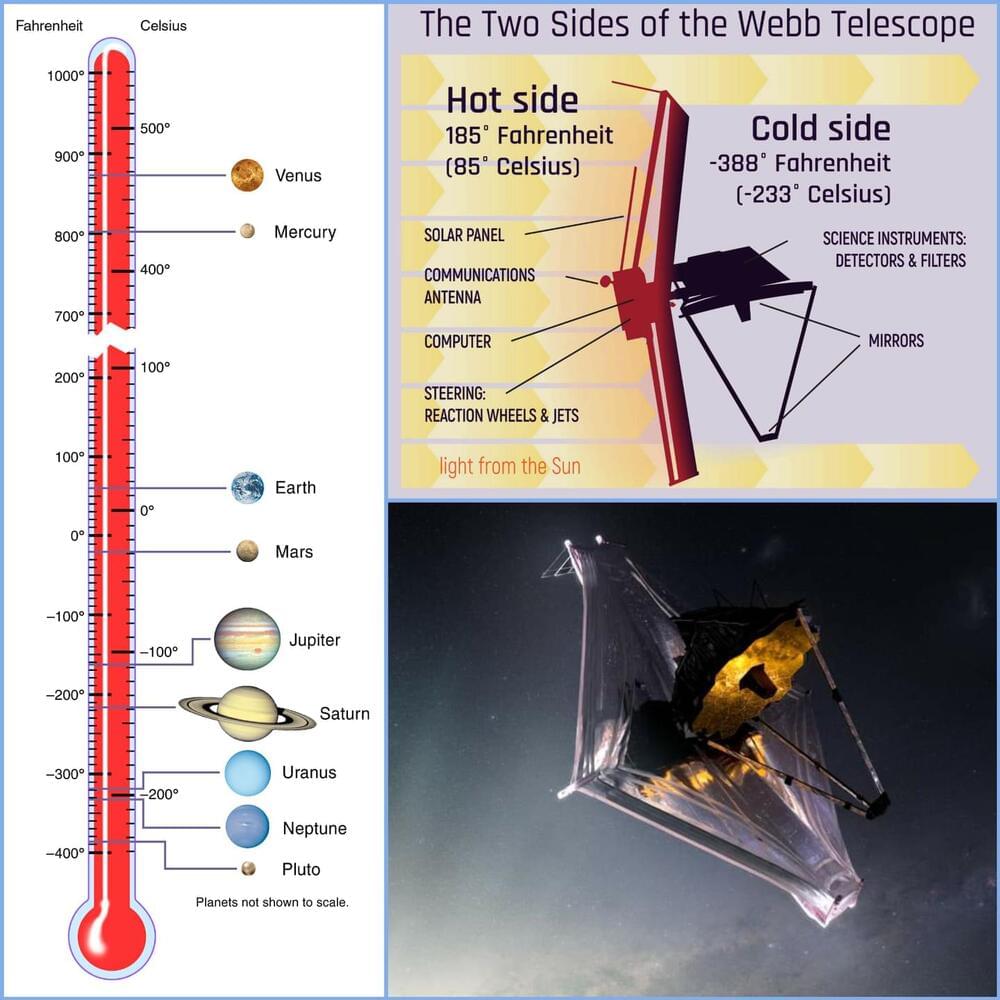
JWST operating temperature is less than 50 degrees above absolute zero (−223° C or-370° F) and will be the largest telescope ever placed at that cold temperature (50 Kelvin).
Webb will be able to see what the universe looked like around a quarter of a billion years (possibly back to 100 million years) after the #BigBang, when the first stars and galaxies started to form. JWST will change our view of the cosmos by taking Baby Pictures of #Universe, looking back to big bang.
#JWST is going to be like “Magic spectacles” that allow you to see things that you can’t normally see.
which is the pictures of the infant universe.
#Absolute nature of reality is like an elephant in parable which blind men are not able to understand from their partial experience as current technology and study says that laws of physics are forbidden at extreme limits of absolutes. As at #absoluteZero temperature halts any motion even photon hence zero #SpeedOfLight, on the other hand absolute high temperature at the dawn of the time near big bang twists the space. The answers to the absolute truth lie at these limits of #absolutes.
Going into #fundamental has its immense significance of getting benefits of #absolutism to unravel the mysteries of the universe.
Science Philosophy Singularity.
👇📜📜Read✍Complete📜📜👇 http://sukalyogesh.blogspot.com/2017/09/science-philosophy-s…f.html?m=0
COUNTDOWN TO RELEASE: Here comes the next and final installment in The Cybernetic Theory of Mind series ― The Omega Singularity: Universal Mind & The Fractal Multiverse ― which is now available to pre-order as a Kindle eBook on Amazon. In this final book of the series, we discuss a number of perspectives on quantum cosmology, computational physics, theosophy and eschatology. How could dimensionality be transcended yet again? What is the fractal multiverse? What is the ultimate destiny of our universe? Why does it matter to us? What is the Omega Singularity? These are some of the questions addressed in this concluding volume of my eBook series.
#OmegaSingularity #UniversalMind #FractalMultiverse #CyberneticTheoryofMind #EvolutionaryCybernetics #PhilosophyofMind #QuantumCosmology #ComputationalPhysics #futurism #posthumanism #cybernetics #cosmology #physics #philosophy #theosophy #consciousness #ontology #eschatology
This final book V of The Cybernetic Theory of Mind series is an admittedly highly speculative theoretical work where we’ll be testing the limits of our imagination envisioning the prospects of our distant future and the deepest secrets of hyperreality. In our fractal, computational Omniverse (all multiversal structure combined, all that is) one may assume that an infinitely large number of civilizational minds, syntellects, have followed or will follow a path, similar to ours, in their evolutionary processes. At the highest level of existence and perceptual experience, that we can rightfully call ‘Dimensionality of Hypermind’, universal minds would form some sort of multiversal network of minds, layer after layer seemingly ad infinitum.
The Cybernetic Theory of Mind series is a collection of books by evolutionary cyberneticist and philosopher Alex M. Vikoulov on the ultimate nature of reality, consciousness, the physics of time, computational physics, philosophy of mind, foundations of quantum physics, the technological singularity, transhumanism, posthumanism, the impending phase transition of humanity, the simulation hypothesis, economic theory, the extended Gaia theory, transcendental metaphysics and God. If you’re eager to familiarize with probably the most advanced ontological framework to date or if you’re already familiar with the Syntellect Hypothesis which, with this series, is now presented to you as the full-fledged Cybernetic Theory of Mind, you should get this book five of the series which corresponds to Part V of The Syntellect Hypothesis: Five Paradigms of the Mind’s Evolution.
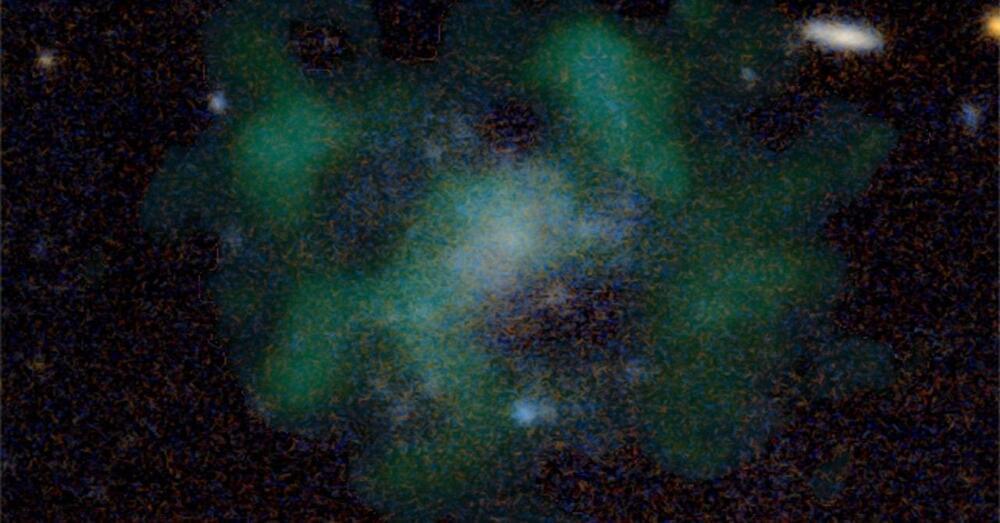
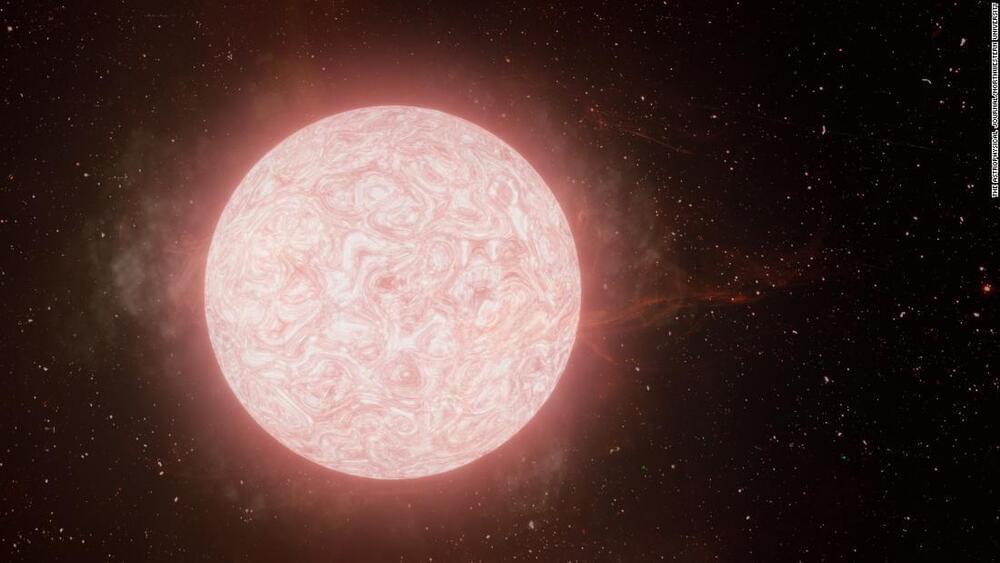
Astronomers were first alerted to the star’s unusual activity 130 days before it went supernova. Bright radiation was detected in the summer of 2020 by the University of Hawaiʻi Institute for Astronomy Pan-STARRS telescope on Maui’s Haleakalā.
Then, in the fall of that year, the researchers witnessed a supernova in the same spot.
They observed it using the W.M. Keck Observatory’s Low Resolution Imaging Spectrometer on Maunakea, Hawai’i, and named the supernova 2020tlf. Their observations revealed that there was material around the star when it exploded — the bright gas that the star violently kicked away from itself over the summer.